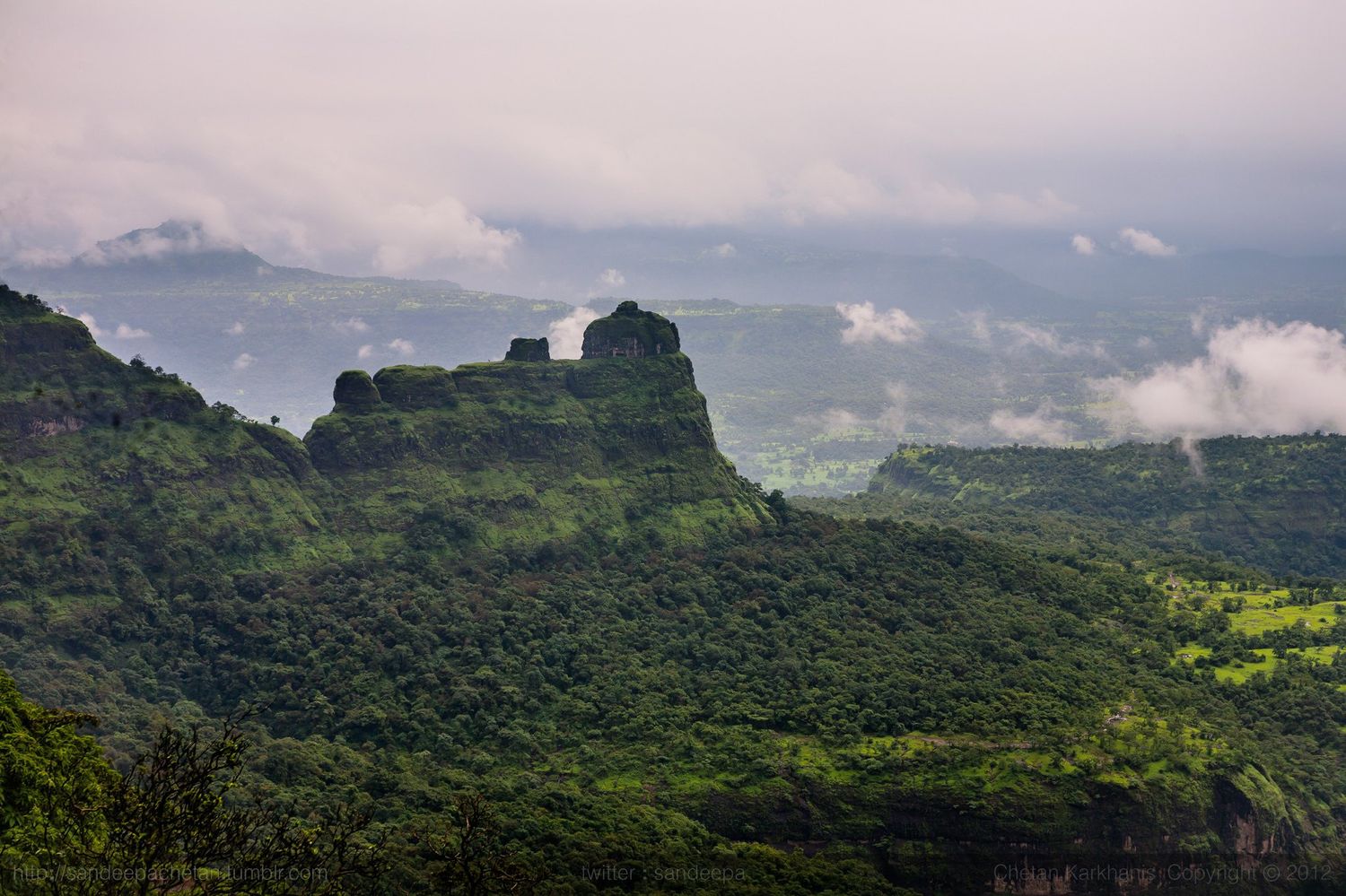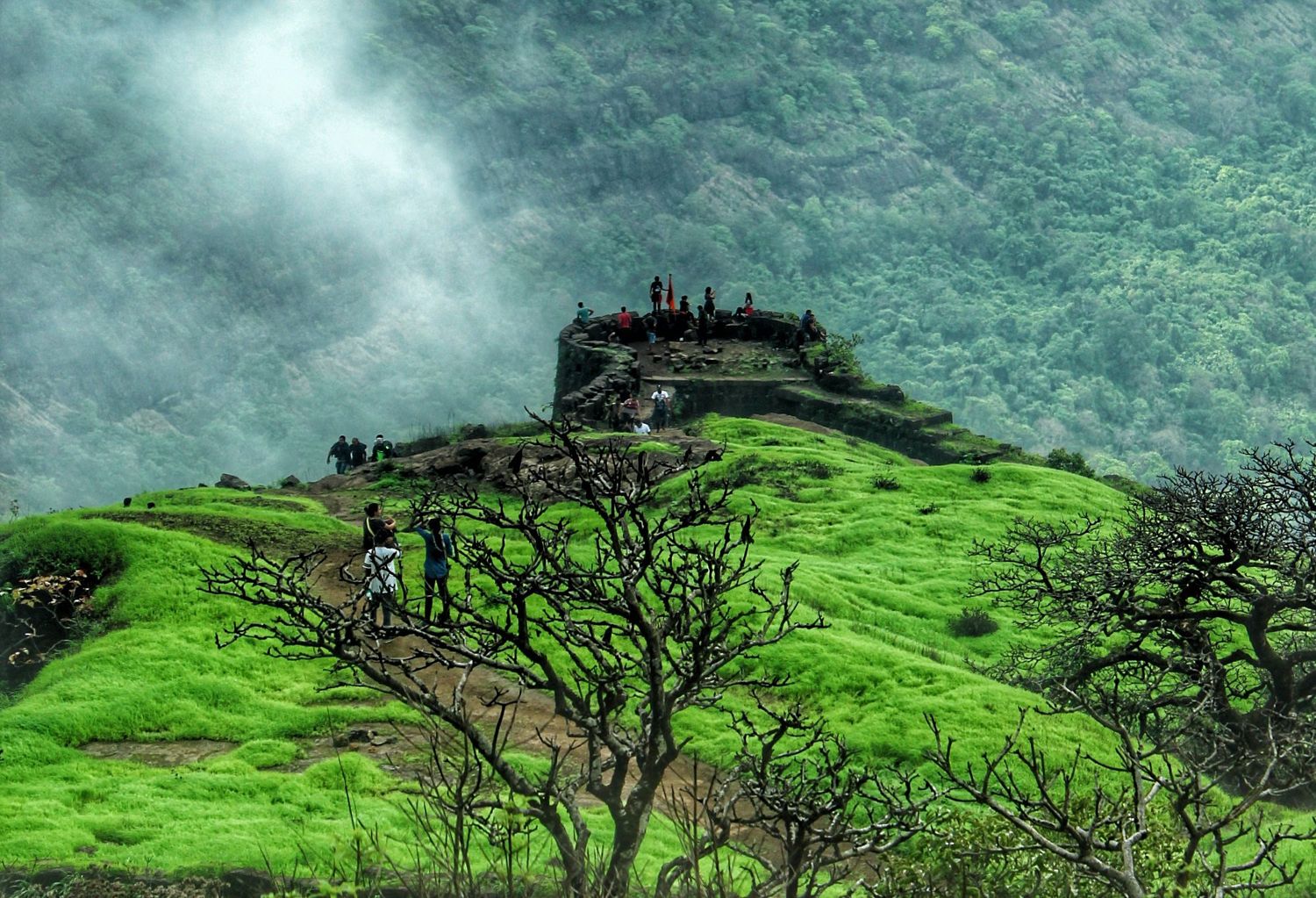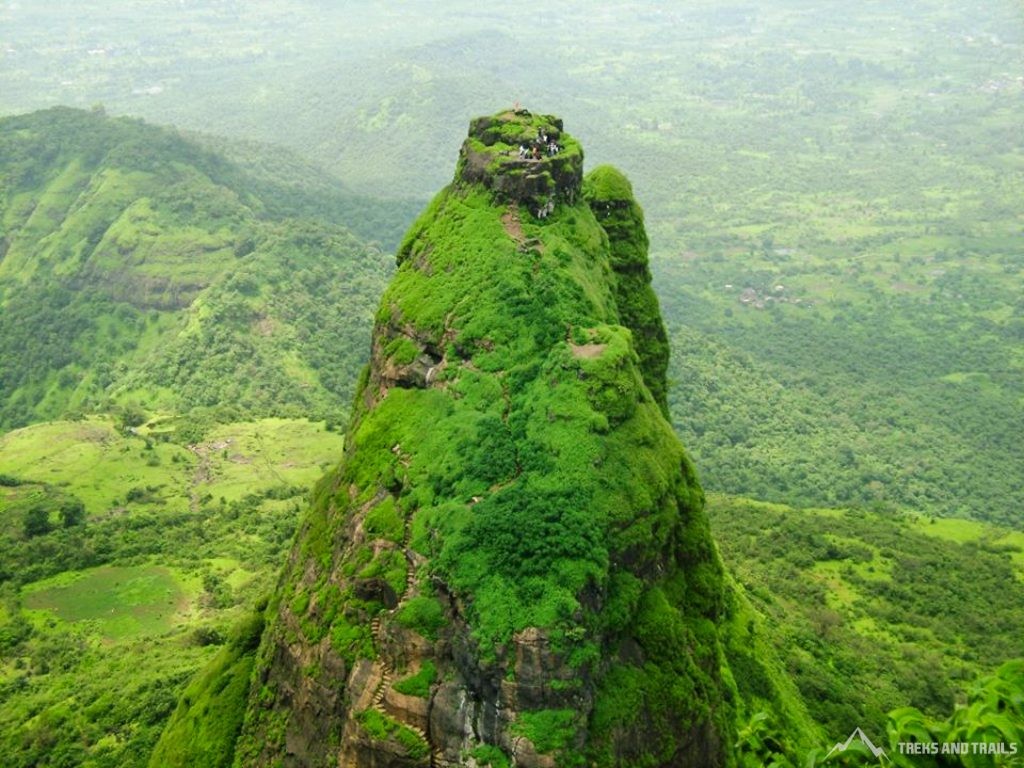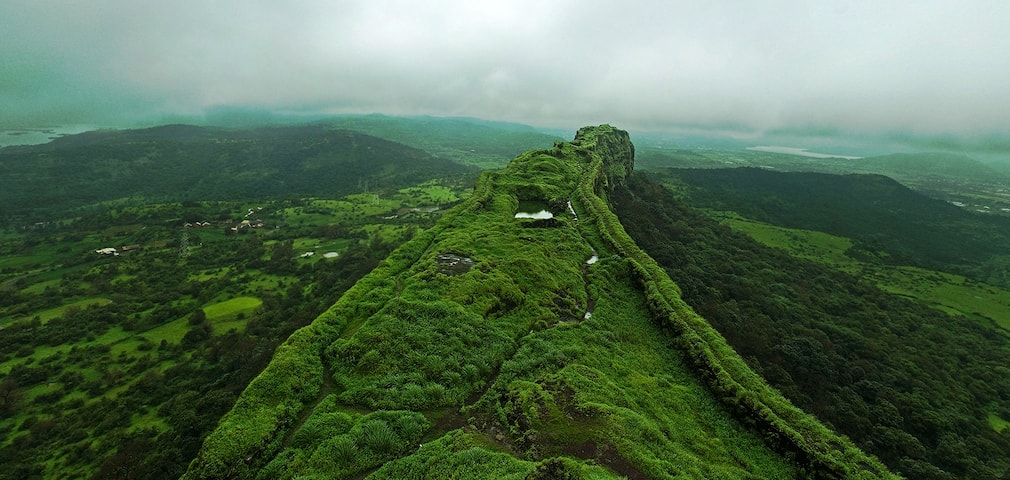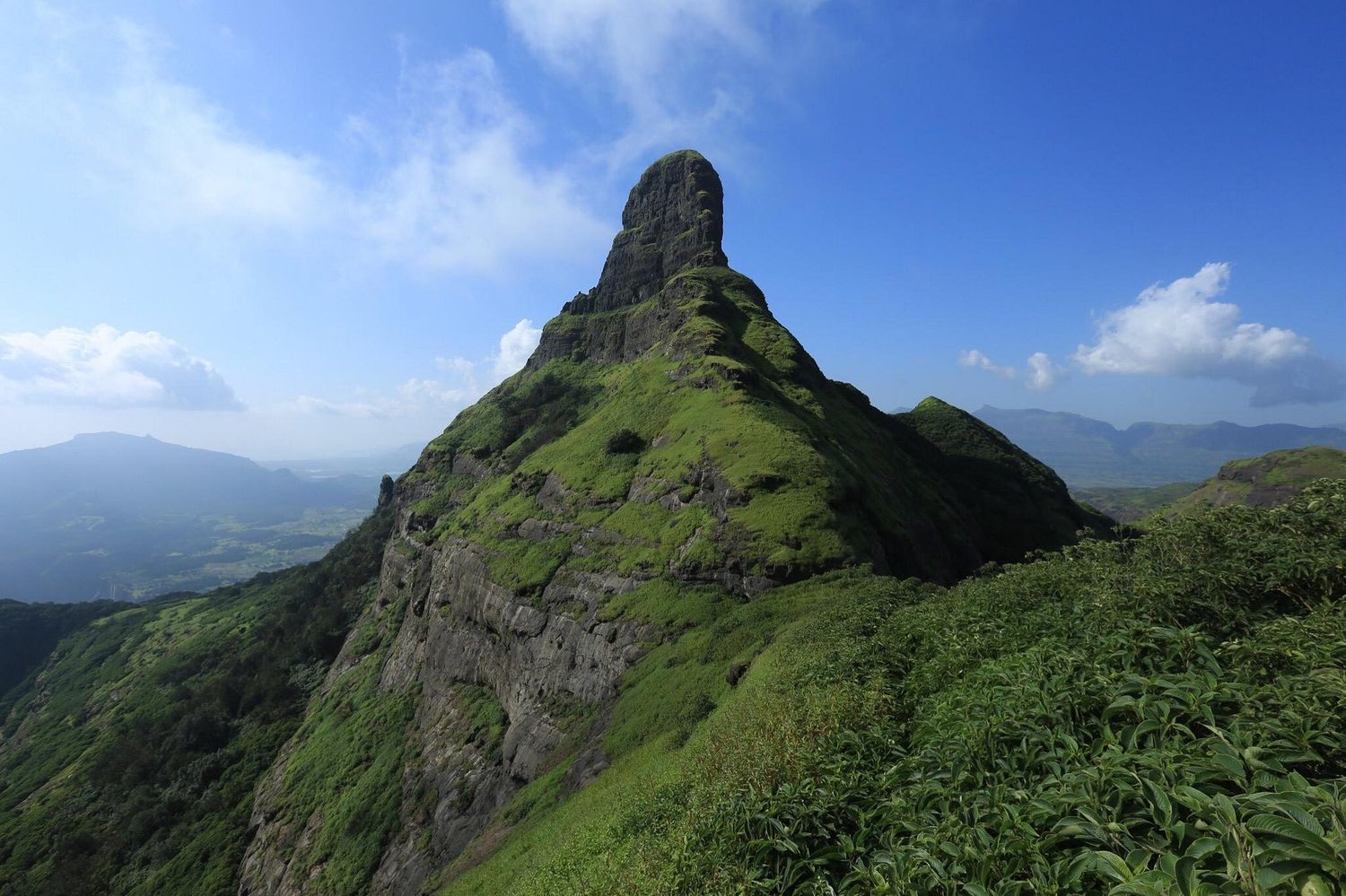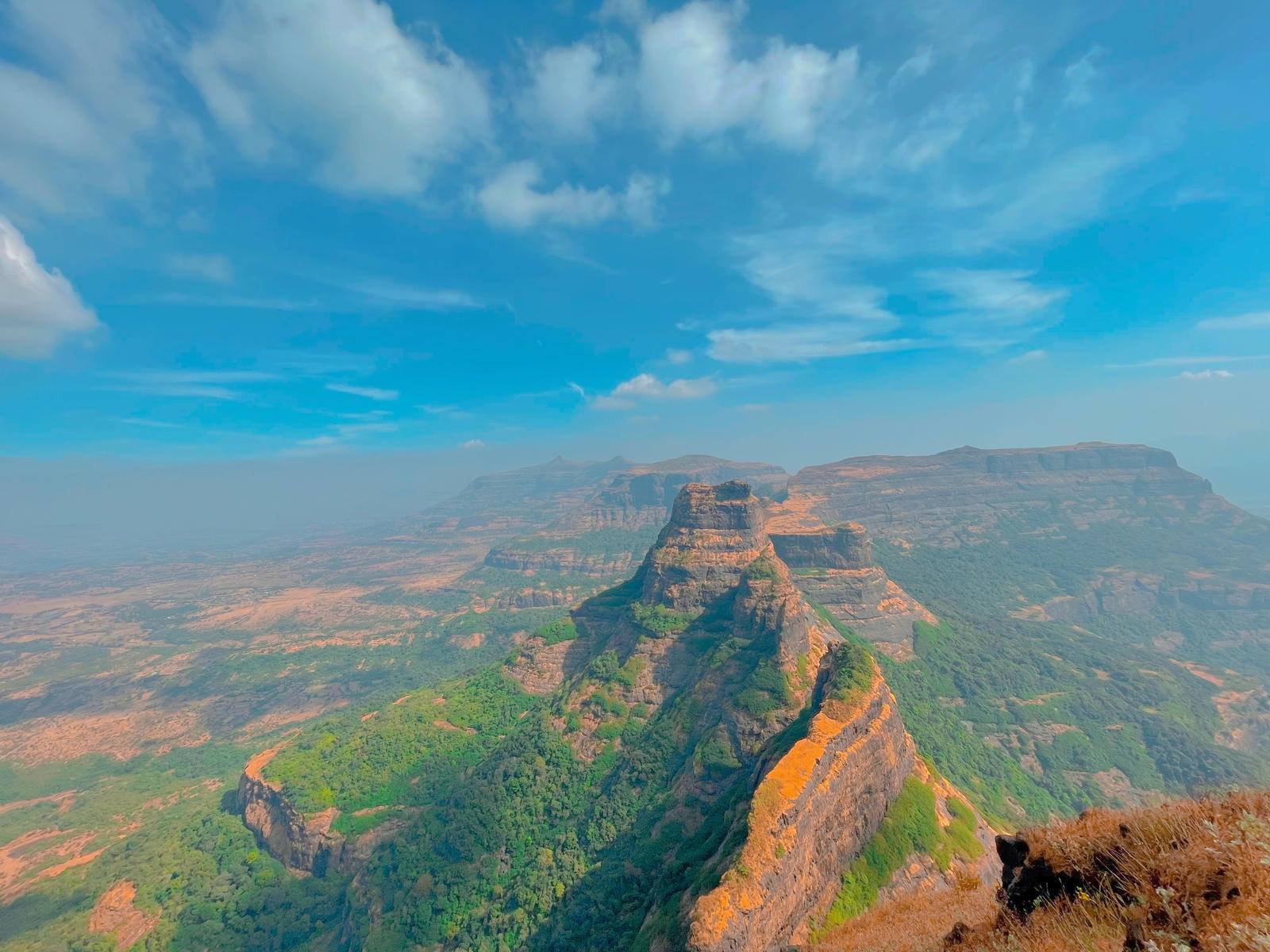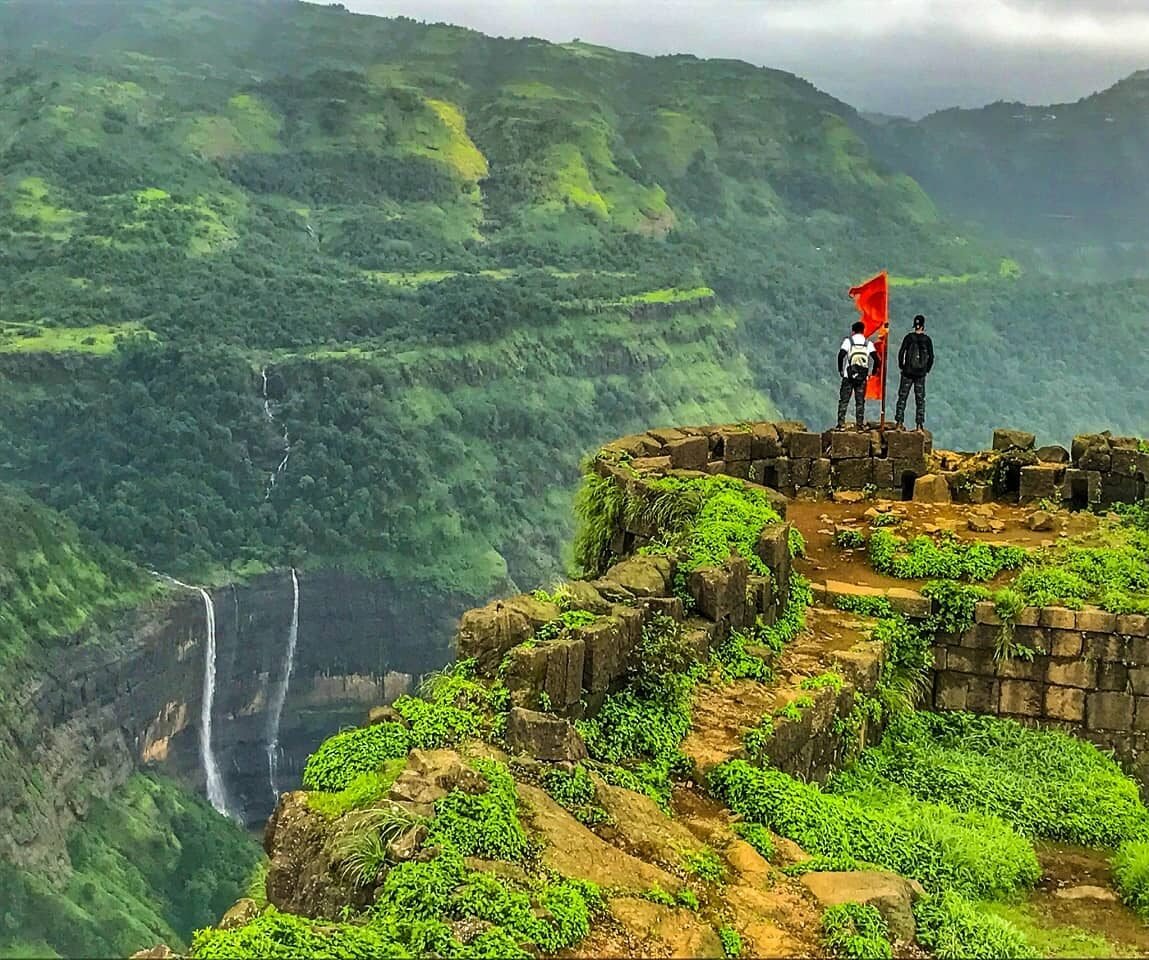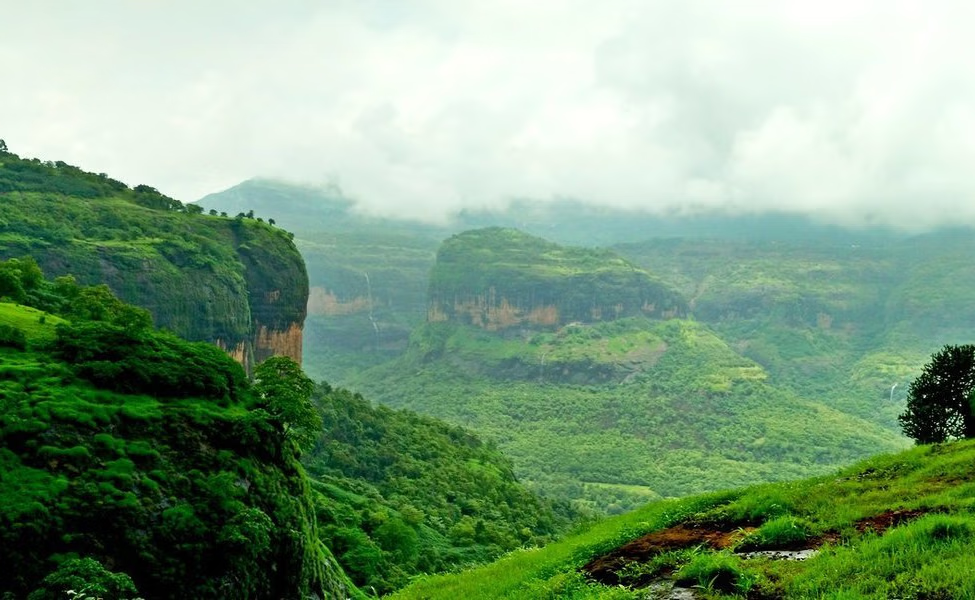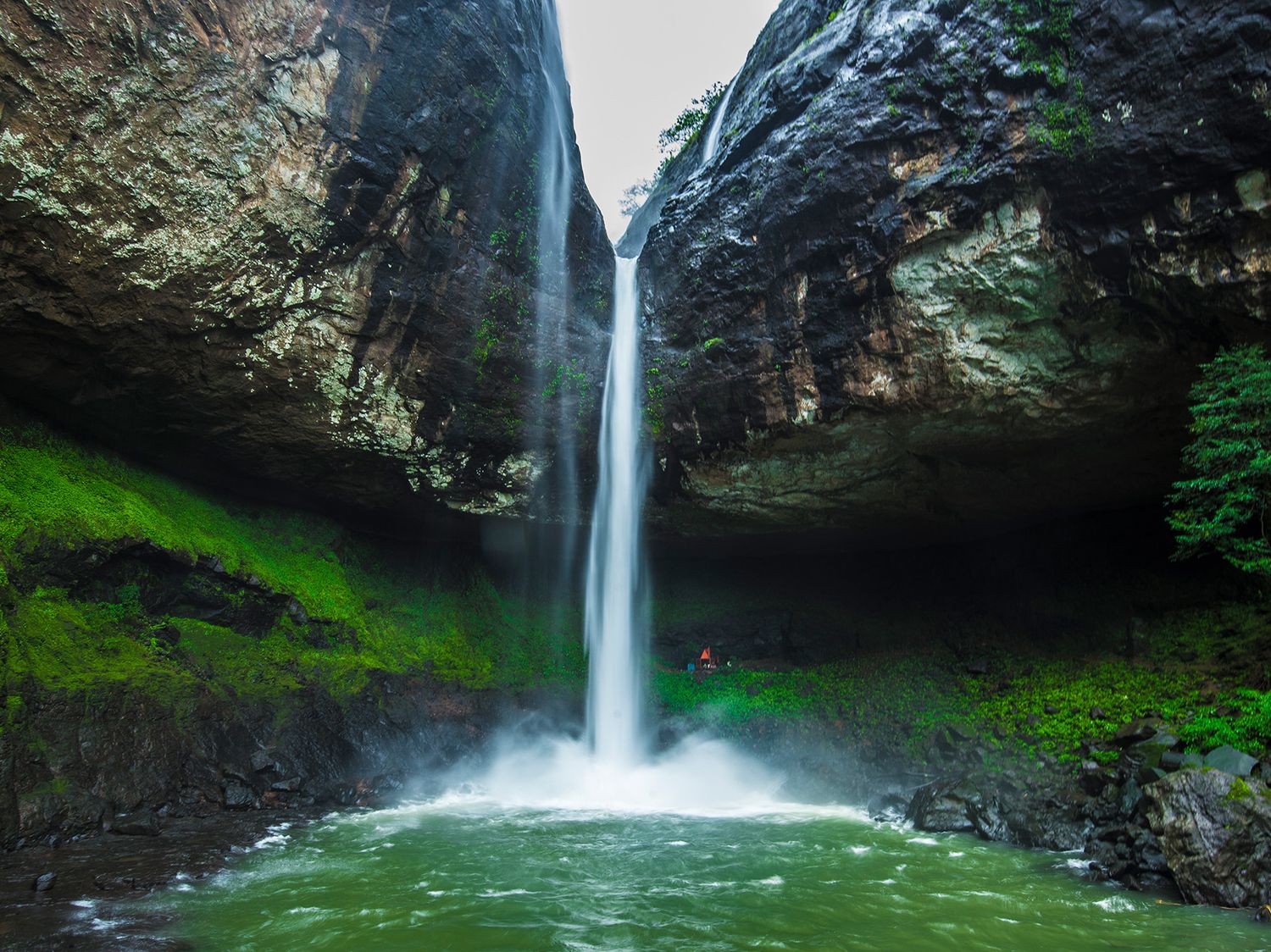Bhimashankar Trek: Where Adventure Meets Spirituality
The Bhimashankar Trek is one of Maharashtra’s most loved treks, blending natural beauty with spiritual significance. Situated at 3,428 ft in the Sahyadri Hills, this trek takes you through dense forests, waterfalls, and rugged terrain, leading to the famous Bhimashankar Jyotirlinga temple. Trekkers are rewarded with lush green valleys in monsoon, breathtaking landscapes, and the chance to explore one of India’s 12 sacred Jyotirlingas.
Spiritual Significance
Bhimashankar houses a Jyotirlinga dedicated to Lord Shiva, making it a major pilgrimage spot. The temple is surrounded by thick forests that form the Bhimashankar Wildlife Sanctuary, home to the Indian Giant Squirrel.
Trek Routes
There are two popular routes from Khandas village: - Ganesh Ghat Route: Easier, scenic, suitable for beginners. - Shidi Route: More challenging with rock patches, ladders, and steep climbs. Both routes converge at Bhimashankar, offering trekkers diverse experiences.
Highlights of the Trek
- One of the 12 Jyotirlinga temples of Lord Shiva
- Dense forests of Bhimashankar Wildlife Sanctuary
- Waterfalls and streams during monsoon
- Ganesh Ghat and Shidi route adventures
- Spotting the rare Indian Giant Squirrel
